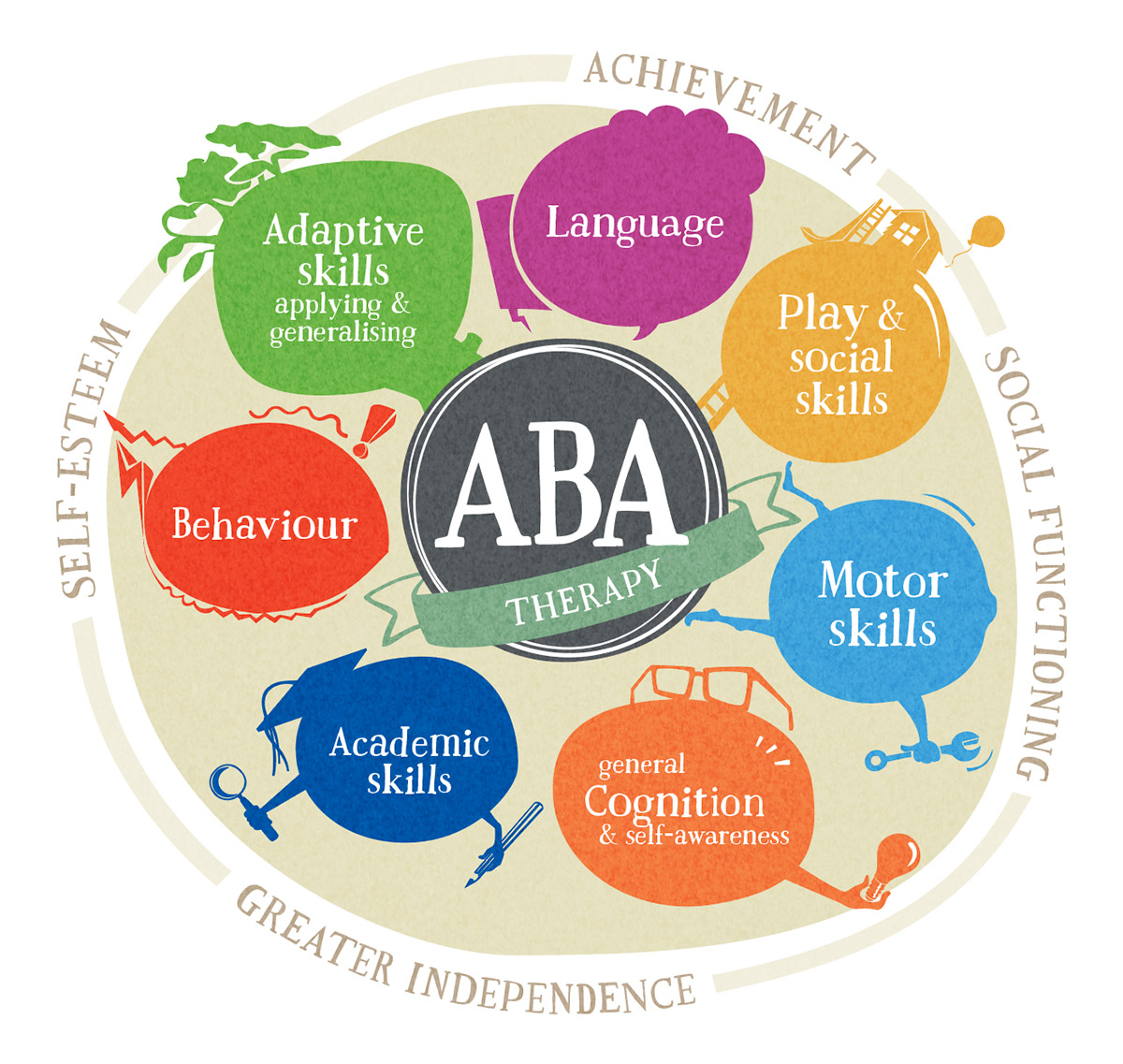What is autism spectrum disorder?
Autism spectrum disorder (ASD) is defined as a developmental disorder characterized by difficulties in communication with other people, repetitive behaviors and interests, and that these symptoms negatively impact their ability to function in everyday activities, including work and school. It is defined as a spectrum disorder because types and severity of symptoms can vary. ASD social-related symptoms can look like minimal eye contact, lack of sharing emotion, slow or minimal response, inappropriate facial expressions for the situation, and others. Behavior-related symptoms of ASD include being overly focused on tasks, being upset about changes in routine and transitions, sensitivity to stimuli, and repeating behaviors or phrases. These are symptoms that clinicians look for to diagnose children with ASD. [1]

What causes ASD?
The exact cause of ASD is unknown, but there are genetic and environmental risk factors that are known for ASD. Some genetic risk factors are having a sibling with autism, older parents at birth, low birth weight, and genetic factors like fragile X, Rett, and down syndromes. Environmental risk factors are extensive and include exposure to air pollution and toxic materials, maternal disorders like obesity, diabetes, or immune system disorders, and birth difficulties in which there is a period of oxygen deprivation. [3]

What is happening in the brain?
There are three main theories that scientists have about what is going on in the brain of an individual with ASD. The first theory is that there is E/I imbalance in the brain. This means that there is an imbalance of glutamate and GABA levels. It has been found through studies that the problem in individuals with ASD is that there are lower levels of GABA interneurons and GABA activity. The fact that one comorbidity of ASD is seizures, it makes sense that there is a lack of inhibitory neurotransmission in the brain. Another theory is that there is altered network connectivity in the brain. This means that there is decreased connectivity between brain regions which can explain the behavioral abnormalities in ASD. The third theory is the predictive coding hypothesis which looks at how children with ASD have difficulties adjusting to situations that are different from their expectations. This could explain why children with ASD have more sensitivity to stimuli and why changes in routine and transitions can be difficult. One commonality between these three theories is that they all have a connection with the dopaminergic system, so dopamine dysfunction is thought to be a neurological cause of ASD. [5]

Treatments and therapies for ASD
The most common treatment for ASD is applied behavior analysis (ABA) in which skills are taught to the child through discrete-trial testing and behaviors are shaped through a reward system. There are other treatments that can be used other than ABA like naturalistic developmental behavioral intervention (NDBI) which utilizes the child’s everyday routine and environment for behavioral interventions. Children with ASD often also go to speech therapy, occupational therapy, and physical therapy as needed. There are no common medications that are used to treat ASD due to how much is unknown about what is going on in the brain. [7]

References
[1] (2023, February). Autism Spectrum Disorder. National Institute of Mental Health. https://www.nimh.nih.gov/health/topics/autism-spectrum-disorders-asd.
[2] Autism Screening and Diagnosis. Dr. Chantal. https://lifecounselor.net/evaluations/autism-screening-and-diagnosis/.
[3] (2023, April 19). Autism. National Institute of Environmental Health Sciences. https://www.niehs.nih.gov/health/topics/conditions/autism.
[4] (2022). Autism. Dr. Chhabra Healthcare. https://drchhabrahealthcare.com/disease/autism-homeopathy-treatment/.
[5] DiCarlo, G. E. & Wallace, M. T. (2022). Modeling dopamine dysfunction in autism spectrum disorder: From invertebrates to vertebrates. Neuroscience and Behavioral Reviews, 133, 1-29. https://doi.org/10.1016/j.neubiorev.2021.12.017.
[6] Stefanics, G., Kremláček, J., & Czigler, I. (2014). Visual mismatch negativity: A predictive coding view. Frontiers in human neuroscience. 8. https://www.researchgate.net/figure/Simplified-scheme-of-the-hierarchical-predictive-coding-framework-Friston-2005-2008_fig1_266401430.
[7] CDC. (2022, March 9). Treatment and Intervention Services for Autism Spectrum Disorder. Centers for Disease Control and Protection. https://www.cdc.gov/ncbddd/autism/treatment.html.
[8] What is ABA Therapy? OCASG. https://www.otagokidsautism.org/therapy.
